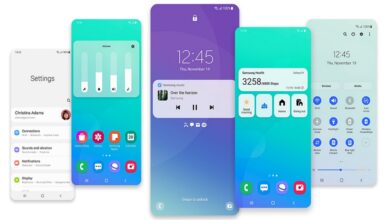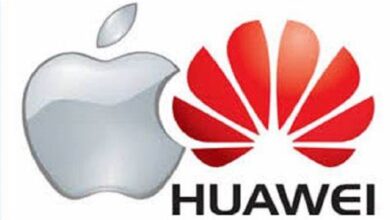Get Ready For “Super WiFi”

Get Ready For “Super WiFi”
The time has finally come, by next year thousands of people will be using and experiencing a fast pace technology i-e: a new longer-range kind of WiFi commonly called “Super WiFi”
The idea of a Super Wi-Fi network has been around for some time. For those who do not know, the term was created by the FCC to distinguish a new long distance Internet connectivity that operates in between TV channel frequencies. These so called “white spaces” will in effect give Internet service providers their own TV stations for delivering bandwidth to customers – wireless too.
Super WiFi isn’t really WiFi, but a new form of wireless network (also known as White Spaces), championed by the likes of Google and Microsoft. After a long protracted battle (broadcasters at first opposed the new tech), it got the official OK from the FCC last December. Since then there’s only been a few pilot networks where people can use it.
In April 2011, Rice University, in partnership with the nonprofit organization Technology For All, installed the first residential deployment of Super Wi-Fi in east Houston. The network uses white spaces for backhaul and provides access to clients using 2.4GHz Wi-Fi.
On January 26th, 2012, the United States first public Super Wi-Fi network was developed in Wilmington, North Carolina. Florida based company Spectrum Bridge, Inc. launched the network for public use with access at Hugh MacRae park.
But progress is being made. The key company in the Super WiFi industry is Spectrum Bridge. It just announced a new program to help equipment makers get their White Space radios approved to be sold. That means that Super WiFi is on track to be more widely available in 2013.
This follows news from June, when the Advanced Internet Regions University, (AIR.U) said that it will deploy Super WiFi on university campuses across the country starting next year, too.
Super WiFi is exciting because it is stronger and more powerful than existing WiFi. It will be especially important for rural areas and other dead spots where broadband wireless isn’t available. If it can get a TV signal, the area can have high-speed Internet access.
This is expected to become a $1 billion market, similar to the WiFi industry.
PTA Taxes Portal
Find PTA Taxes on All Phones on a Single Page using the PhoneWorld PTA Taxes Portal
Explore NowFollow us on Google News!





